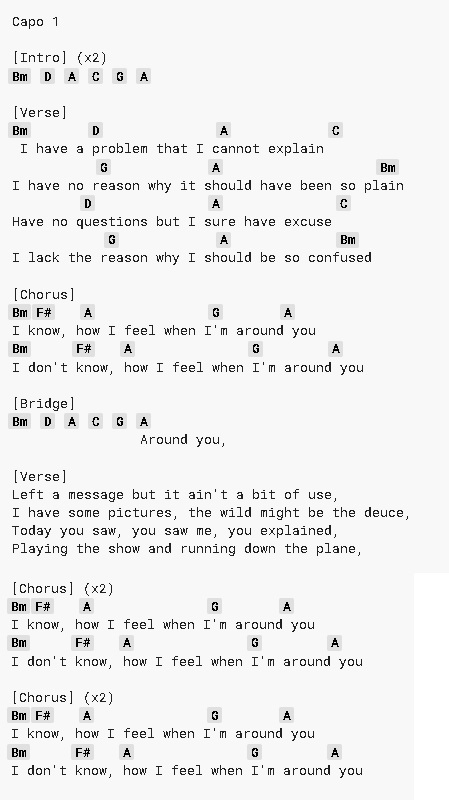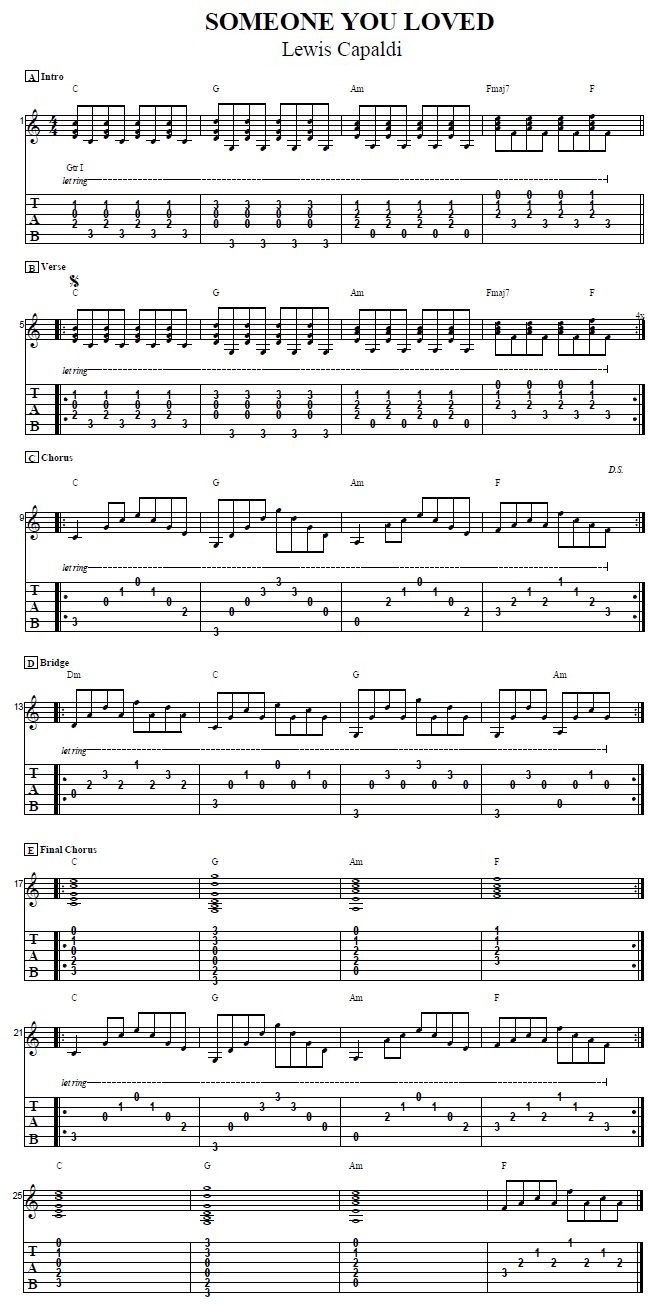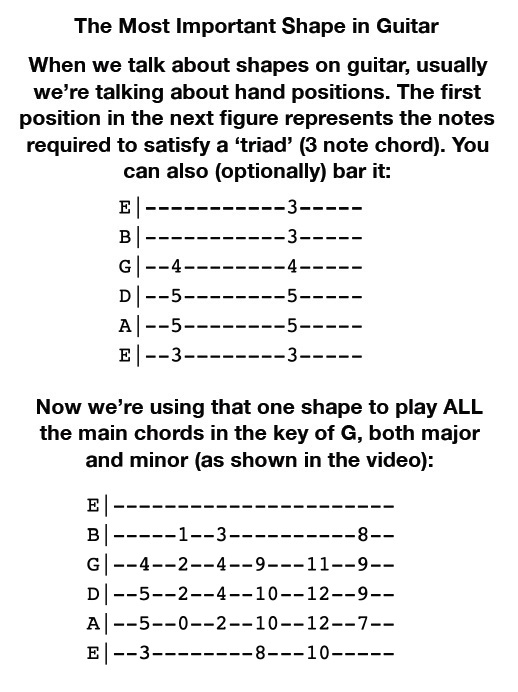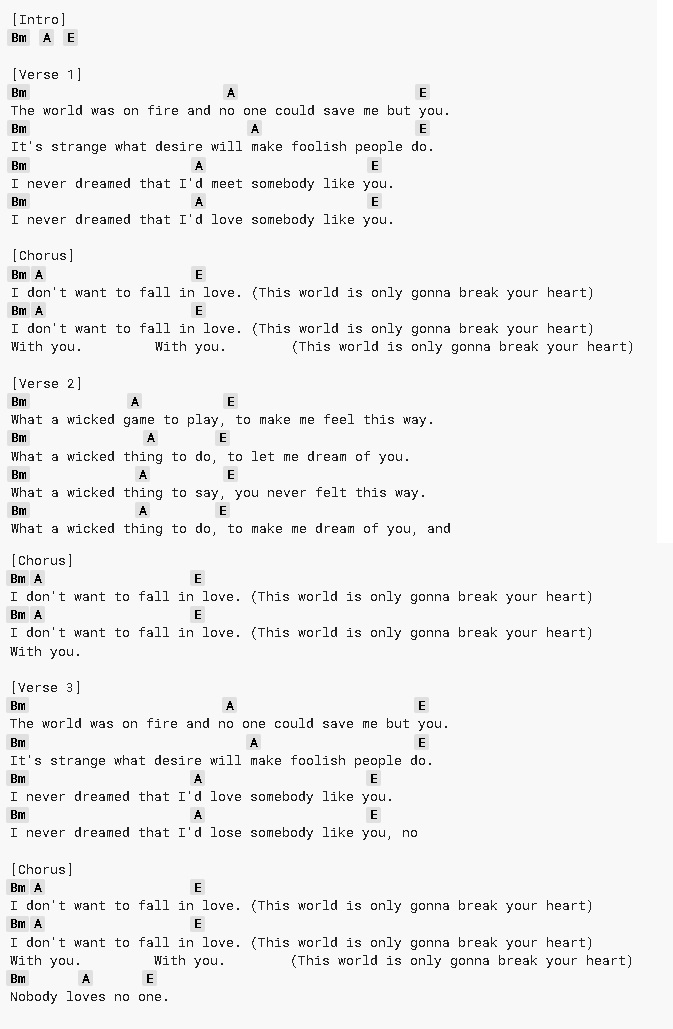How To Play “Don’t Worry Be Happy” By Bobby McFerrin – Easy Acoustic Guitar Lesson w/ Sean Daniel
Hey, how’s it going this is Sean Daniel with Guitar Control today we’re giving you an extra dose of happiness which everybody needs, learning a super simple song called “Don’t Worry be Happy” by Bobby McFerrin. An absolute crowd-pleaser it’s going to take you less than 10 minutes to learn this song.
[contentwall] [/contentwall]
[/contentwall]
Click on the Tabs button to follow the chords and tabs.
We’re going to play with a capo on the 4th fret, feel free to play it whatever key you want. But we’re just going to use three chords and the truth for 4 slots and G, A minor, C, and G, so the song is really easy to learn we’re going to talk a little bit about strumming it, to kind of give it that happy peppy step.
This works better if you sway back and forth, what I mean so you should know these chords right off the back three most popular chords in guitar history are you the G major chord metal finger on the 3rd fret relative to the capo low E-string, pointer finger 2nd fret on the A-string and then my ring finger and my pinky on the 3rd fret together. You need all three over or both of them or you could have just the high E- string but you know this is about being happy we’re getting all your fingers involve leaving no digit behind.
So let’s talk about how we’re going to strum this, first I think this is the happiest way you could possibly strum a chord especially when you’re really feeling it. What I mean in the root note 1st we’re going right from the lowest point of the chord, so we have the lower, high dynamic of life and happiness you can’t have the highs about the loads that’s the strumming pattern the root note and I’m aiming for just the top of the court when I say the top it’s the G, B and E-strings if I hit more of them great by hit Lots don’t worry about it I’m just separating the entire guitar chord into just the E-string the highest three strings so one, two, three, and four, end.
Now the three end of this four count this bar of G is going to be the lower three strings down and up just on the lower three strings and not all six right if you’re living like this that’s not happy that’s the sound of his sanity and you probably need to get your medication changed right so we have low high and lowest three strings down up and then on the for counter eating another down stroke of just the high strings again so low, high, low, low, high, and then if you want to get an upstroke at the end to that be a 1, 2, 3, and 4 count otherwise known in commoners terms as down, down, down, up, down, up, down, again so that’s going to be the vibe that we’re going to be use. We’re just going to do that with two other chords.
Next one is going to be A minor same strumming pattern but now the root note in an A minor chord where we have open a middle finger to D ring finger to G pulling your finger 1B and open on the high string the runo’s going to be the A-string, so we’re going to aim for the A-string we go if you hit the low E-string an accident it’s not a big deal okay don’t worry about it once again do I have to even say it for aiming that rude no because eventually you want to be able to just hit exactly which ever no string you’re looking for without having to look at it right so hey the hi ever the board same thing is before down up on the lower part of the chord down upon the higher part and C chord again a lot of people place you like this ring finger 3rd fret of the A-string middle finger 2nd fret of the D-string pointer for your 1st fret then our root note is on the A-string.
I like playing it like this where I have my ring finger one string lower my pinky right behind it rude note is still in the same spot but again we’re getting all the fingers involved if we’re just having a party throwing a happiness party back to Z so there’s only three chords but there’s four spots, four chords okay every chord gets its own barre G, A minor, C and G.
Now when you’re counting it you might only want to play that G once but again remember 8 counts on that G if you cycle it so again G, A minor C, G, back in G and again. Sometimes it’s helpful to have some kind of mechanism in place to start it again what I mean by that is like I’ll do an example so we have G, A minor to C major, D major. You may have noticed at the end of that last bar of G I just said all down strokes this C right 2, 3, 4, 0, 2, 3, 4, back to G and because I made that dynamic of his G, 2, 3, 4, the next time around when I hit the root note on the G it seems it doesn’t seem like I’m doing the same thing instead of just like one more gone not lost alright that’s not the sound of happiness that’s the sound of the slow inevitable march to death you don’t want to have that you want to have a little bit of action we’re only here for a short time people that’s why I did a great decision by choosing the guitar control video with Sean Daniel to watch for non-palm muting about palm-muting just like in life is your muffling your happiness because you don’t want to be all over board telling people how happy you are there’s nothing more annoying than that way I’m doing that taking the side of my hand judo chop the bridge and that’s nothing to get good at is just angering you see like if you look at my wrist right when I’m doing this I’m locked in to the bridge here I’m not okay a lot more control you can do anything you want by having your you know your wrist lock in you do anything all you need to do is get this action down right here okay so yeah and you can do it muted for maybe like the verse everything is so applying low high down up down up low high down I’m down am a minor and see how much more reserve that is it’s like business casual happiness back to G and then one of your get home take off your shoes make it nice bath open it up okay so the last thing I want to talk about is how we numbered this chord progression again this is on a capo this is in the key of you know wherever we’re ending here which is a G this isn’t actually a G no this is the third far relative to the capo but this note right here is actually a B so we’re doing this in the key of B if we were to move the capo one front lower you’re doing even b-flat another one a so on so forth right until we’d eventually get to doing it in the key of G like this that’s why Capo’s are great because they can to help us transpose songs depending on where you want to sing you don’t advocate both don’t worry we can transpose this because all of this is really common chord progression it’s what’s called a 1 a 1 for the 2 to the 2 chord 4 chord 1 1 2 4 1 okay I got this was from the notes in the key of G right since this is G a minor C we can label this and communicate with other musicians because communication is a great way to keep the happiness falling right in the key of G we have seven notes one two three four five six seven eight the first note is a G that’s why it’s the one chord any one of these notes can become a chord one chord to the two chord a necklace we my of two chord is almost always minor any key one two three four C is the fourth note G ABC the four chord of C major back to G so that’s a one two four one the sound of a pure happiness all right now you don’t have a capo you could do it with different chords all right let’s guy what’s a one two four one let’s say maybe that’s uh I want to do a little bit higher let’s do in the key of a I have to do is find out what a is right you know a there’s one two and a was too note after a B minor what’s four and A one two three four D back so that’s how you can easily transpose even if you don’t have a capable to find whatever one is easiest for you to sing it okay so again make sure you click that link below because we have the chords of it all the lyrics and you know what make up your own lyrics because no one will know the difference as long as it’s not too dark so thanks for sticking with us thanks checking out the guitar control channel.
Make sure you subscribe on our You Tube Channel and we’ll see you in our next video lessons, thanks for watching.
[ninja-popup ID=715]
– Click here to get Sean Daniel’s Secrets of Hendrix: DECODED – GO!!







